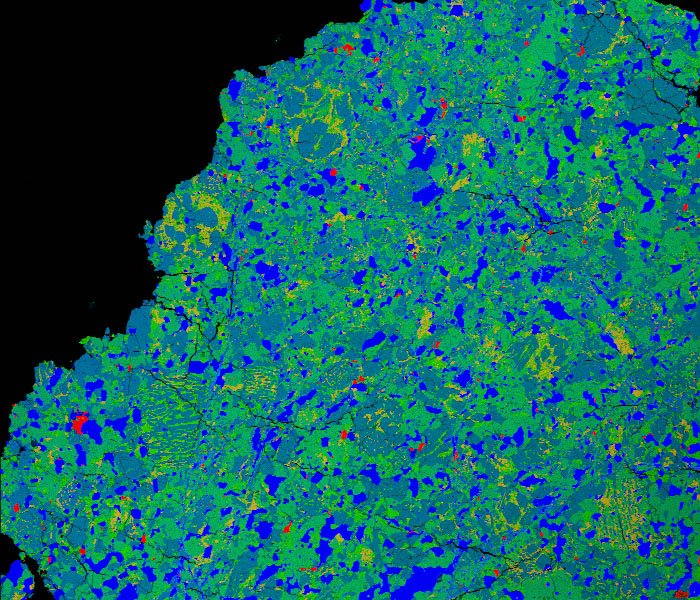Playing ‘Asteroids’ in the Early Solar System
October 29, 2021

A new analysis of asteroid remnants, including a 30-pound meteorite that smashed into a parked car in Peekskill, New York, in 1992, shows that contrary to prevailing thought, the young solar system was a violent, chaotic place.
Researchers at the Jackson School of Geosciences and The University of Tennessee, Knoxville, measured how the rocks cooled from very high temperatures, up to 1,400 degrees Celsius. Previous studies had only measured cooling rates from temperatures near about 500 degrees Celsius.
The study was published in December 2020 in the journal Geochimica et Cosmochimica Acta.
The research began when co-author Nick Dygert was a postdoctoral fellow at the Jackson School. Dygert was using a scientific method — called a rare earth element (REE)-in-two-pyroxene thermometer — to study terrestrial rocks when he realized it could work for space rocks too.
“This is a really powerful new technique for using geochemistry to understand geophysical processes, and no one had used it to measure meteorites yet,” said Dygert, who is now an assistant professor at the University of Tennessee.
The results led the scientist to propose that asteroids formed in stages. If the early solar system was much like the old Atari game “Asteroids,” rife with bombardment, large rocks would have been smashed to bits. Those smaller pieces would have cooled quickly. Afterward, when the small pieces reassembled into larger asteroids we see today, cooling rates would have slowed.
The biggest implication of the new study, Dygert said, is that these collisions characterized the early days of the solar system.
“They were violent and they started early on,” he said.
The research was supported by NASA. The Smithsonian National Museum of Natural History supplied samples of meteorites for the study.
Back to the Newsletter